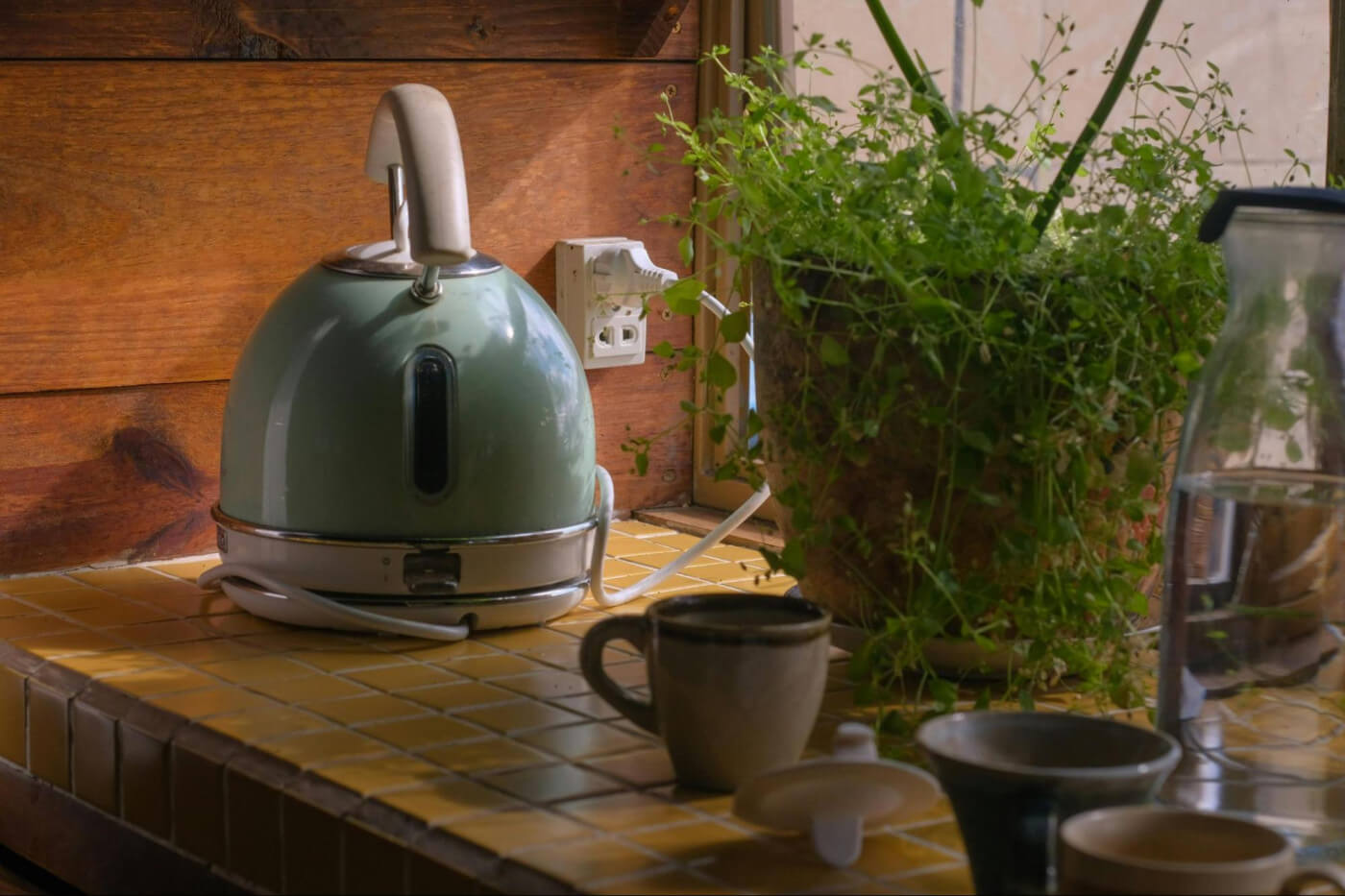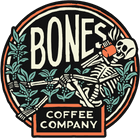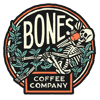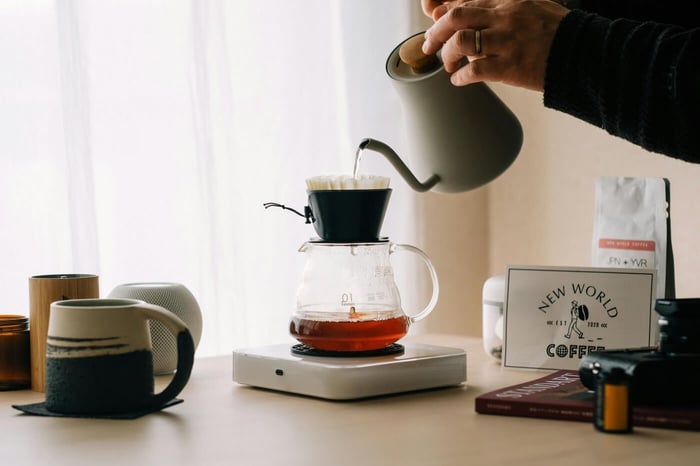Discovering how to make coffee without a coffee maker or French press can transform your coffee routine, giving you more flexibility and creativity in your brewing process. Whether you're craving the slow-steeped richness of cold brew coffee or simply need a morning cup but lack traditional equipment, all you need is a coffee mug and some basic kitchen tools to get started.
This guide will provide steps and tips for brewing coffee without a coffee maker, drip machine, or French press, ensuring you never have to go without your beloved coffee.
1. Gather Your Materials
The first step in making coffee without a coffee maker or drip machine involves gathering all the necessary materials. These materials can be divided into two categories: coffee ingredients and brewing equipment.
Coffee Ingredients
The primary ingredient for making coffee is, of course, the coffee itself. This can be in the form of whole coffee beans or pre-ground coffee. The choice between the two depends on personal preference and availability.
Whole beans are generally considered to provide a fresher and more flavorful coffee cup, but require a coffee grinder. Opt for pre-ground or instant coffee for a more convenient and readily available option.
Brewing Equipment
The brewing equipment needed to make coffee without a coffee maker includes:
A coffee grinder (if using whole beans)
A heat source for boiling water
A pot or saucepan
A coffee mug or cup
A spoon
A strainer or coffee paper filter
Did You Know: Cowboy coffee is a method of brewing coffee that originated in the American Old West. Cowboys would brew their coffee by placing ground coffee beans directly into a pot of boiling water over a campfire, then letting it steep before pouring it into a cup. This simple method gives cowboy coffee its famously strong and rustic taste. |
2. Grind Your Coffee Beans
Grinding your beans properly is one of the most important skills in mastering how to make coffee without a coffee maker or drip machine. This process is crucial as it allows the extraction of flavorful oils and compounds within the coffee beans that contribute to the aroma and taste of the coffee.
The grind size should be similar to what you'd use in a French press. Coarse and consistent. If you're using instant coffee or a coffee bag, you can skip this step.
Coffee Bean Types
There are two main types of coffee beans that are commonly used: Arabica and Robusta. Arabica beans are known for their sweet, delicate flavor and lower caffeine content. On the other hand, Robusta beans have a stronger, more bitter taste and contain more caffeine.
Grinding Process
The grinding process breaks down the good coffee beans into smaller particles. These particles should be coarse, similar to sea salt. This ensures that the boiling water can extract the coffee flavors efficiently without over-extracting and causing a bitter taste. Unlike pre-packaged options made for your drip machine, hand-grinding gives you more control.
If you have a coffee grinder at home, you can use it to grind your beans. However, if you don’t have one, a blender or a food processor can serve as a good alternative.
Once the grounds are ready, it’s a good idea to stir occasionally as you transfer them from the grinder to the brewing container, especially to break up any static-clumped grounds.
Here is a simple guide on how to grind your coffee beans without a coffee machine:
Measure the right amount of coffee beans.
Put your coffee beans in the grinder.
Set your grinder to a coarse setting.
Grind the coffee beans until they reach the right consistency.
Check the consistency of the coffee grounds. If they are too fine, your coffee may taste bitter. If they are too coarse, your coffee may taste weak.
3. Heat the Cold Water

The process of boiling water for coffee involves a few considerations to ensure optimal extraction of the coffee’s flavors. The amount of water required depends on the desired strength and volume of the coffee. A general guideline is to use 2 tablespoons of coffee for every 6 ounces of water.
To master how to make coffee without a coffee maker or French press, start by measuring the necessary amount of water with a measuring cup. Then, transfer the cold water into a pot or saucepan and place it on a heat source, like a stove set to medium-high heat or even a campfire if you're outdoors.
The key is to use boiling water of about 200 degrees Fahrenheit (93 degrees Celsius), which is just shy of its boiling point. This temperature is considered ideal for the coffee brewing method, ensuring that you extract the full flavor from your coffee grounds without overheating the water.
Below is a table representing the ideal water-to-coffee ratio:
Volume of Water | Amount of Coffee |
6 ounces | 2 tablespoons |
12 ounces | 4 tablespoons |
18 ounces | 7 tablespoons |
4. Add the Coffee to the Pot
Achieving the perfect brew involves more than just boiling water. The moment you add the coffee to the pot is pivotal. This step influences the aroma, flavor, and overall strength of your coffee, determining whether you'll end up with a mild or strong coffee cup. Here's how to do it right:
Measure Your Coffee: Start by determining how strong you want your coffee. A good rule of thumb is to use 2 tablespoons of coffee grounds for every 6 ounces of water. Feel free to adjust this ratio based on your taste preferences.
Combine Coffee and Water: Once your water is heated to just below boiling, add your coffee grounds directly into the pot.
Stir Thoroughly: Gently stir the mixture to ensure all the coffee grounds are soaked and evenly distributed. This step is crucial for a uniform extraction, allowing the hot water to coax out the rich flavors and essential oils from the coffee.
5. Let the Coffee Brew
The key to achieving the perfect brew lies in patience. Steep your coffee slowly for 4 to 5 minutes. Unlike cowboy coffee, which requires boiling coffee grounds directly in water, traditional brewing relies on gentle steeping. Simply let hot water extract the flavors without bringing it to a boil.
This 4-to-5-minute steeping time is essential for developing a strong, robust flavor profile. Shorter brewing times will yield a milder taste, while proper steeping unlocks the coffee's full potential. For those preferring instant coffee, the process is even simpler, just stir the granules into hot water until dissolved.
It is important to note that over-brewing the coffee can lead to over-extraction, resulting in bitter coffee. During the brewing process, stir occasionally to ensure that all the coffee grounds are fully saturated and that the flavors are evenly extracted.
Fact: The French Press brewing method, which can result in a robust and full-bodied flavor, also tends to leave some sediment in the coffee. This can add to the texture but may not be to everyone’s liking. |
6. Strain the Coffee
After the coffee has brewed for the appropriate amount of time, the next step is to strain it. This process is crucial to ensure that the coffee grounds are separated from the liquid, resulting in a smooth and enjoyable coffee cup.
There are several methods to strain coffee, and the choice largely depends on the materials available. Here are three common methods:
Coffee Paper Filter: This strainer method is straightforward. Simply place a coffee filter over your cup or mug, and slowly pour the coffee through it. The paper filter will catch the ground coffee while allowing the liquid to pass through.
Fine Mesh Strainer: If a coffee filter is not available, a fine mesh strainer can serve as a good alternative. Hold the strainer over your cup or mug and pour the coffee through it. The mesh should be fine enough to catch the majority of the coffee grounds.
Cloth: In the absence of a coffee filter or a fine mesh strainer, a clean piece of cloth can be used. A cheesecloth or a clean handkerchief would work well. Place the coffee filter over your cup or mug, ensuring it’s secure, and slowly pour the coffee through it.
7. Serve the Coffee
Once the coffee has been strained and is free of grounds, it is ready to be served. Pour the drink into a coffee cup, taking care not to spill. You've successfully learned how to make coffee without a coffee maker or French press.
Coffee can be served in a variety of ways, depending on personal preference. The best way to serve coffee is the way you enjoy it most. Experiment with different additions and methods to find your perfect cup.
Iced Coffee vs Cold Brew: Traditional iced coffee involves preparing coffee using hot water first, then cooling it down, whereas cold brew coffee is made by placing coffee grounds in cold water for 12 to 24 hours. |
Tips to Enhance Coffee Flavor without a Coffee Maker

If you want to elevate your understanding of how to make coffee without a coffee maker, small tweaks in timing, grind size, and temperature make a big difference. Starting with freshly roasted beans is key; they hold their peak flavor for a few days post-roasting, making a noticeable difference in your coffee cup.
Equally important is grinding your beans just before brewing. Since coffee grounds begin to lose flavor once exposed to air, grinding them right before use ensures you capture their full essence.
The quantity of coffee you use also plays a crucial role. A good starting point is two tablespoons of coffee for every six ounces of water, but feel free to tweak this ratio to suit your taste preferences.
If your coffee grounds are too fine, they can lead to bitterness. If they’re too coarse, your coffee may be weak or under-extracted. Finding the right grind is essential for flavor balance.
Proper storage of coffee is essential for maintaining its freshness and flavor. Keep your instant coffee in an airtight container away from light, heat, and moisture.
Lastly, the cleanliness of your brewing equipment cannot be overstated. Coffee oils and residues can accumulate over time, impacting the taste of your brew. When using a coffee filter, ensure it's clean or changed regularly to maintain a pure and fresh-tasting coffee cup. Regular cleaning will help ensure that each cup is as delicious as the last.
Savor a Simple Brew
Learning how to make coffee without a coffee maker or French press opens up a world of creativity and convenience. You can effortlessly brew coffee with just boiling water or cold water, no matter where you are.
From selecting the right coffee beans to heating water on medium-high heat to pouring the final cup, each step is designed to ensure that you can still enjoy your beloved coffee ritual, even without a French press.
For a more convenient experience, explore our curated selection of light-roasted coffee perfect for manual methods. Want to sample various flavors before committing? Try one of our coffee sample packs to find your favorite. And for those moments when convenience matters most, our ready-to-drink coffee collection has you covered—no brewing required.





